- Veröffentlichung:
25.07.2023 - Lesezeit: 8 Minuten
How a UX strategy creates value
Digitization is advancing inexorably and fundamentally changing the way we work, communicate and interact. But despite the apparent turning away from man, he plays a decisive role. The user experience (UX) allows you to apply your unique skills and soft skills where computers and algorithms reach their limits.
In the context of AI and digitization, the development of a sound UX strategy is becoming increasingly important. A well-designed UX strategy enables companies to increase the value of their digital products and services while meeting user needs and expectations.
Join us on this journey to understand how a targeted UX strategy can increase the value of your digital products and services.

The importance of a UX strategy in the digital age
Even though we in Germany are still not regarded as a role model for digitization – it is nevertheless progressing inexorably. More and more tasks and processes are mapped in software-supported solutions and implemented partially or even fully automated. Tasks that were previously performed manually are now taken over by computers. Cars and machines are networked and communicate with each other without human interfaces. It almost seems as if people are becoming supporting actors in the course of digitization.
On closer inspection, however, things are quite different: Computers were originally developed to take over monotonous and repetitive tasks for humans. Business columnist and management expert Reinhard Sprenger takes a similar view:
“At its core, digitization does not mean a technology revolution, precisely not the power of machines and the rule of algorithms. But concentration on the essentials, which only people can do:
the reintroduction of the Clients, the reintroduction of the Cooperation, the reintroduction of the Creativity.
These are the threeCs, and each one of these threeCs has the power to radically transform your business.”
(Reinhard Sprenger, What Managers Should Focus on in the Digital Age)
Current developments in the field of artificial intelligence and machine learning, in which software is used for tasks that a human being can no longer perform in terms of time, body and intellect, are not to be neglected, but are still in their infancy when measured against their almost incalculable possibilities. Until now, any AI could only be as good as its human teacher, the manually selected training data, or the models used by the developer as a basis.
AI tools such as ChatGPT already hint at what artificial intelligence might be capable of in the future. However, it currently still makes too many mistakes and can therefore not yet completely replace a human, but merely complement them. The optimal user experience for users, which is therefore necessary in the interaction between humans and AI, must therefore be the focus of development from the very beginning. With a future-oriented UX strategy, the use of AI support can be thought of in the long term and sustainably.
UX versus UI and usability
People are at the center of attention, even in the digitalized world. They are not only the center of every development, but also the center of every developed one. It is precisely this holistic human-centeredness that is also the core aspect of the acronym UX, behind which the term “user experience” is hidden. To understand what UX actually means, it helps to clarify what UX is not, but often understood as such:
Thesis #1: UX is UI
A common misconception: user experience is not synonymous with user interface (UI) design. You can’t reduce UX to a nicely designed, modern interface or well-used colors and fonts. UI design undoubtedly significantly influences the user experience, but if terms used are not understood, important content is hidden in the shallows of the menu, the product ultimately does not serve an existing customer need or is not adapted to the context of use, the most beautiful user interface is worthless. So UX is not congruent with UI, but UI is a central component of UX.
As a guide to successful user interface design, there are basic rules that a designer should consider, such as Nielsen’s famous usability heuristics for UI design:
- System status visibility
- Conformity of system and reality
- User control and freedom
- Consistency and standards
- Error prevention
- Recognition instead of memory
- Flexibility and efficiency
- Aesthetic and minimalist design
- Assistance in recognizing, evaluating and correcting errors
- Help and documentations
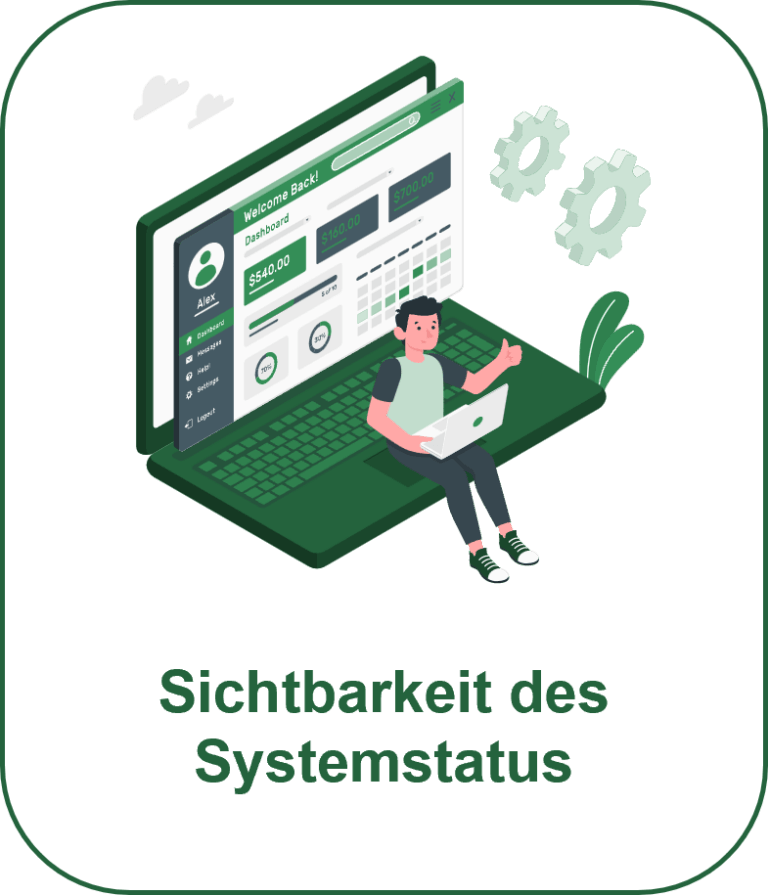
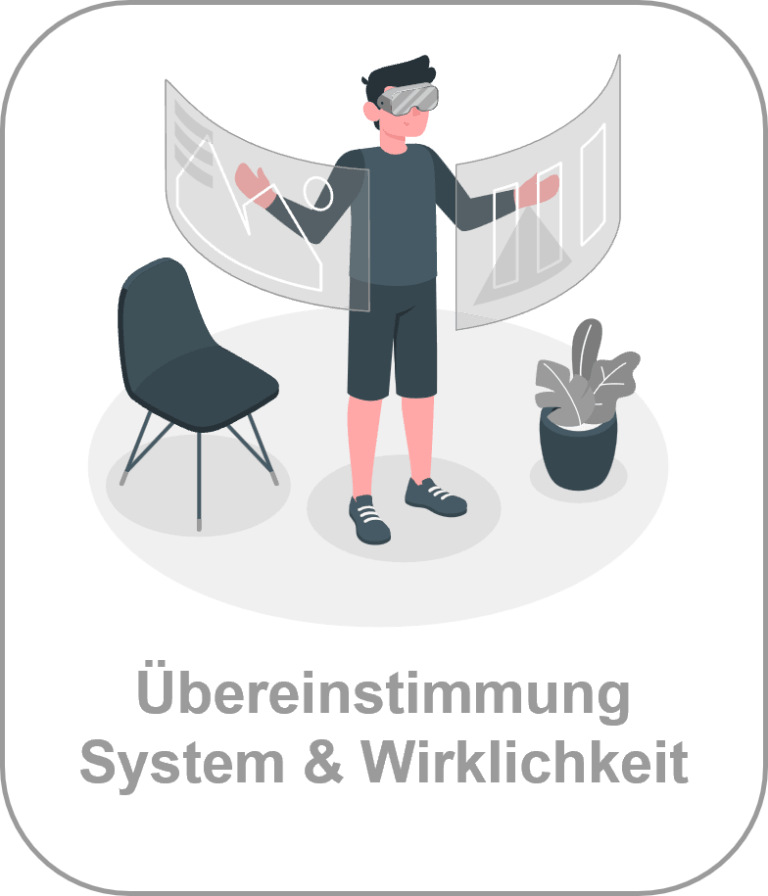

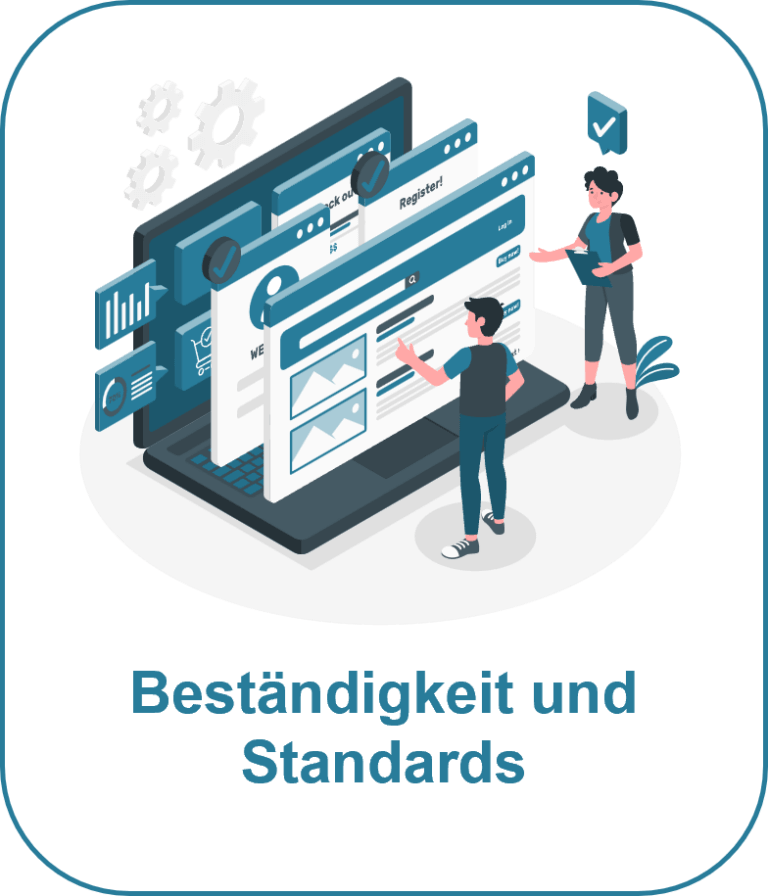
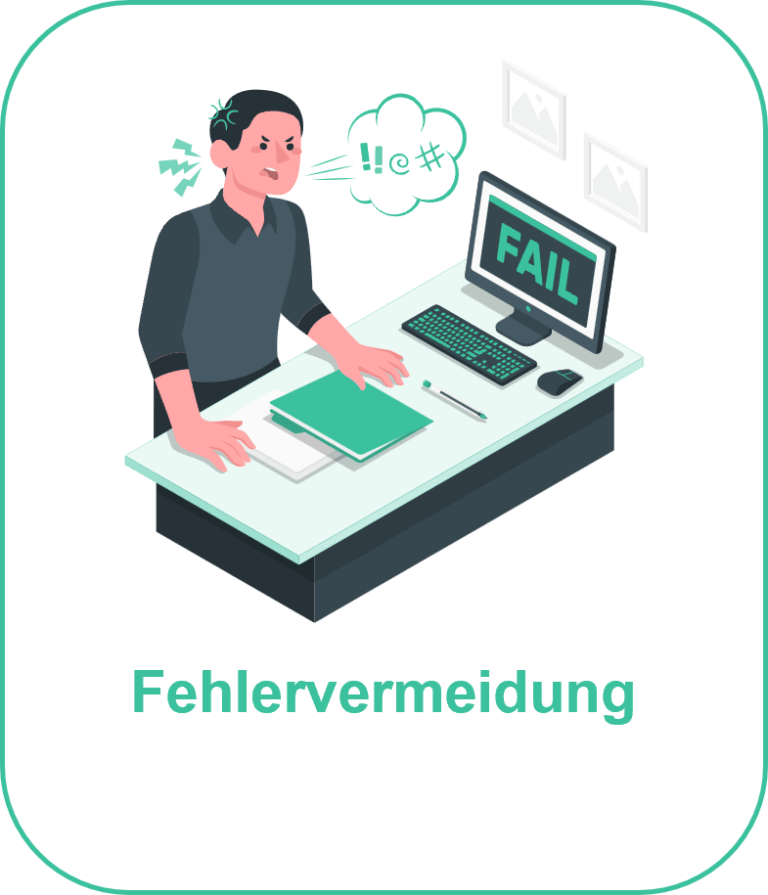
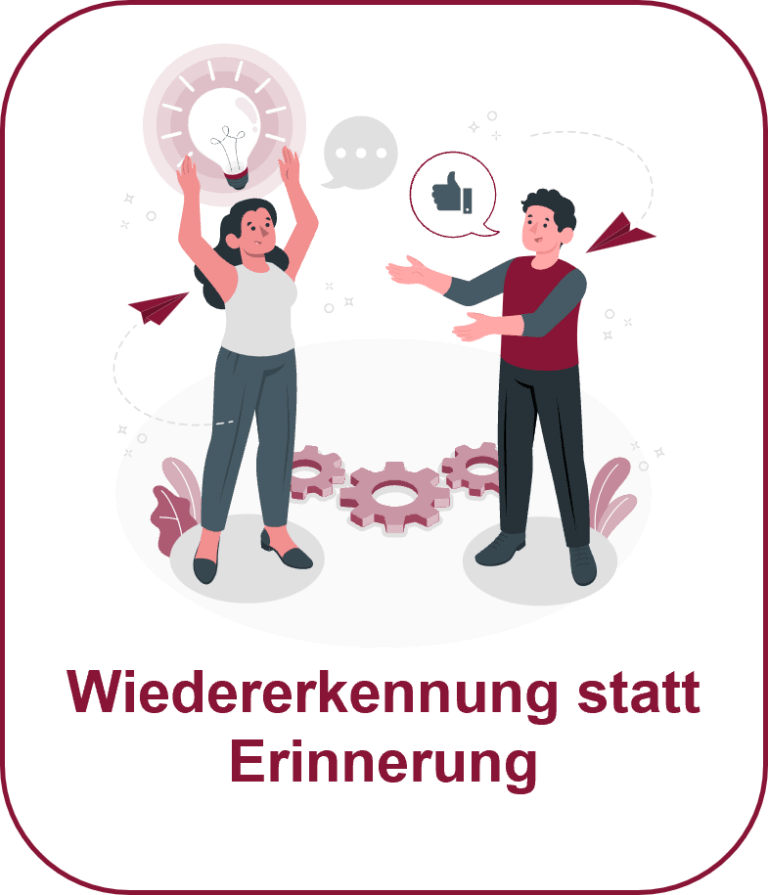

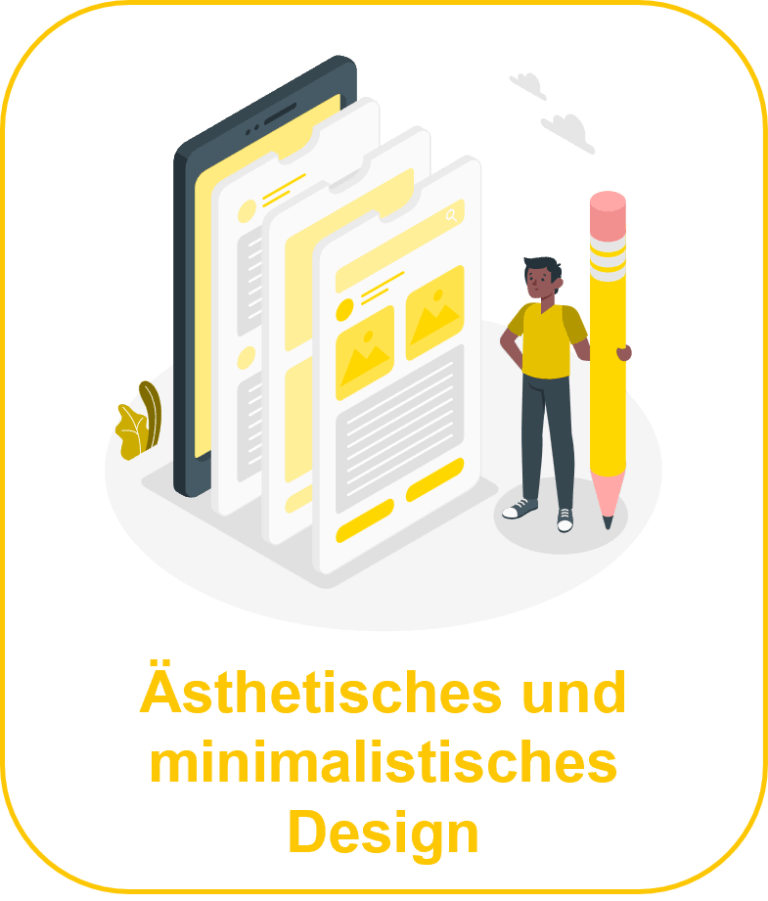


Thesis #2: UX is usability
The second common misconception: “We ensure a good user experience for our product because we perform usability tests”. According to DIN EN ISO 9241-11, usability describes “the extent to which a system, product or service can be used by specific users in a specific context of use to achieve specific goals effectively, efficiently and satisfactorily”. For this purpose, the following seven interaction principles must be observed according to the following Iso Standard No. 110:
- Adequacy for user tasks
- Self-descriptiveness
- Conformity to expectations
- Learnability
- Controllability
- Robustness against user errors
- User binding







Consistent adherence to these principles and continuous assurance through evaluation studies with suitable usability metrics ensure the usability of a product, but do not allow any conclusions to be drawn about the hedonic aspects, i.e. about how well users like the product.
Thesis #3: UX is usability + UI
Even the combination of the two conceptual fields of UI and usability already described is not sufficient to describe the subject area of UX. User experience is more than that, especially when we think of a strategic and holistic user experience.
The relevance of a holistic UX strategy
There is also an ISO standard for the definition of user experience:
“UX is a person’s perception and reaction before, during, or after using a product. This includes the user’s emotions, psychological and physiological responses, expectations, and behavior. User experience is understood as a consequence, influenced by the design, functionality and performance characteristics of a product. Likewise, prior knowledge and characteristics of the particular user may also play a role, as well as brand perception or context of use.”
Summary according to DIN EN ISO 9241-210
Accordingly, UX is the combination of usability, UI, the context of use, and emotions that arise or are expected.
User experience is the entire user experience before, during and after use.
UX is always considered with people at the center and is therefore per se subjective for the time being. This means that an optimal UX can only be achieved by evaluating the product iteratively and from the beginning with as many potential users as possible. These findings are then objectified on the basis of valid statistical methods and product development is adapted accordingly.
Furthermore, an optimal UX is always just a snapshot. As technology, competition and user expectations are constantly evolving, the UX of a product must also be continuously improved. This requires a sustainable establishment of roles and processes in your company in order to be able to develop products with a high user experience in the long term. For this, a directional UX strategy and associated UX governance is unavoidable. Especially when we are talking about scaling across many digital products and accordingly many development teams involved.
Our expert for you
The illustrations in this blog post are from https://storyset.com/.






